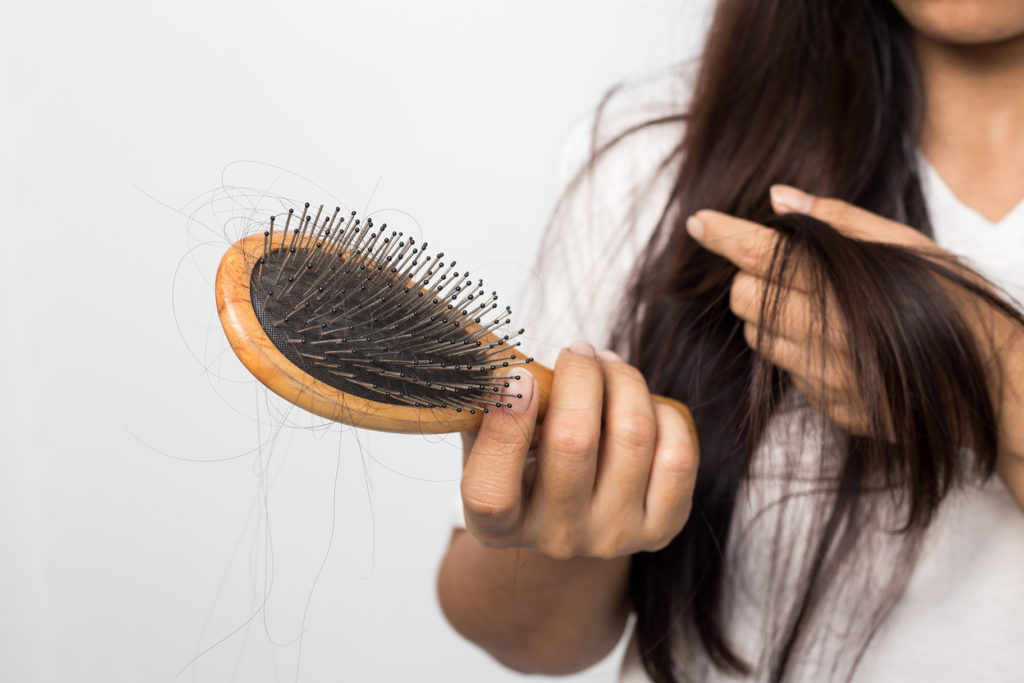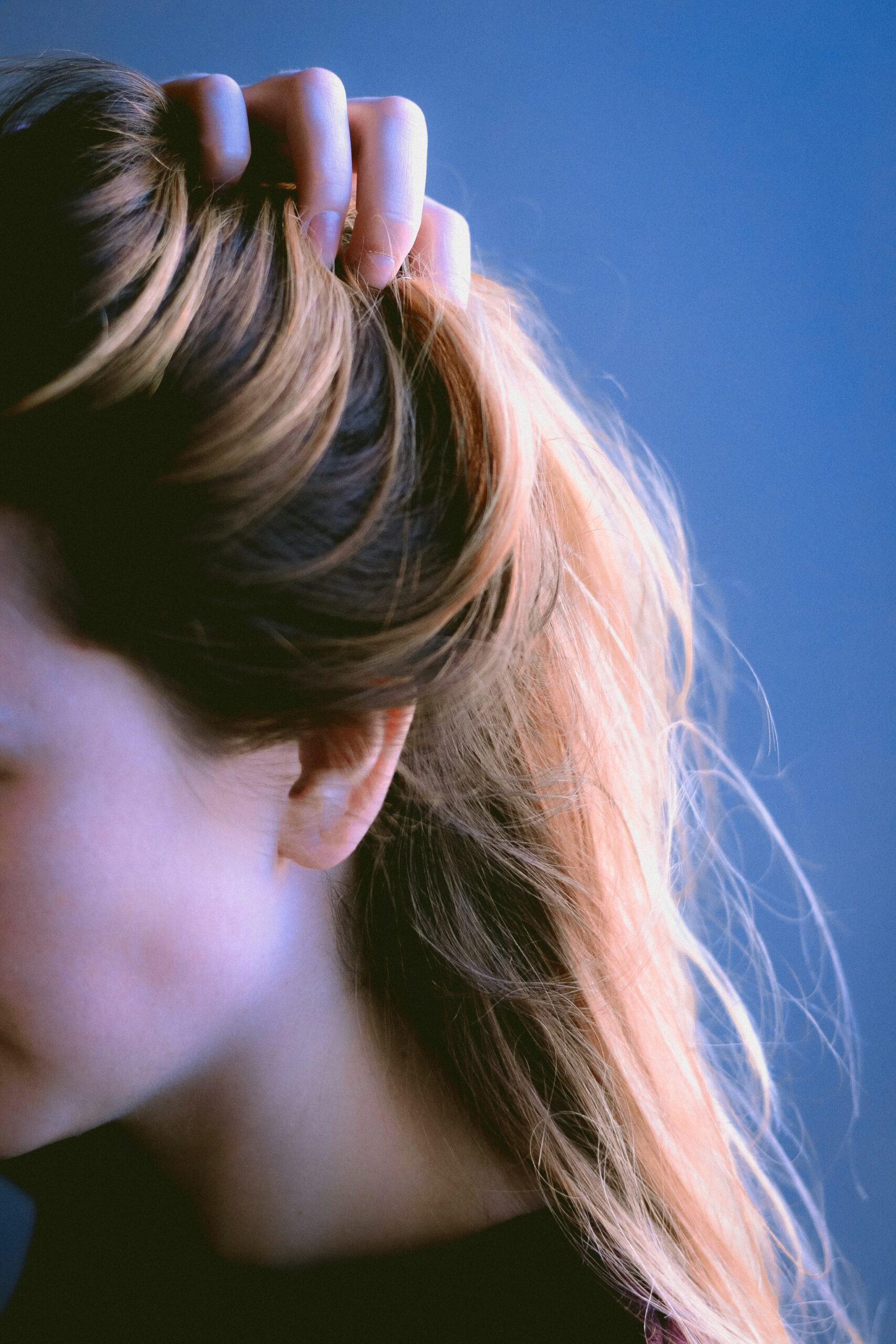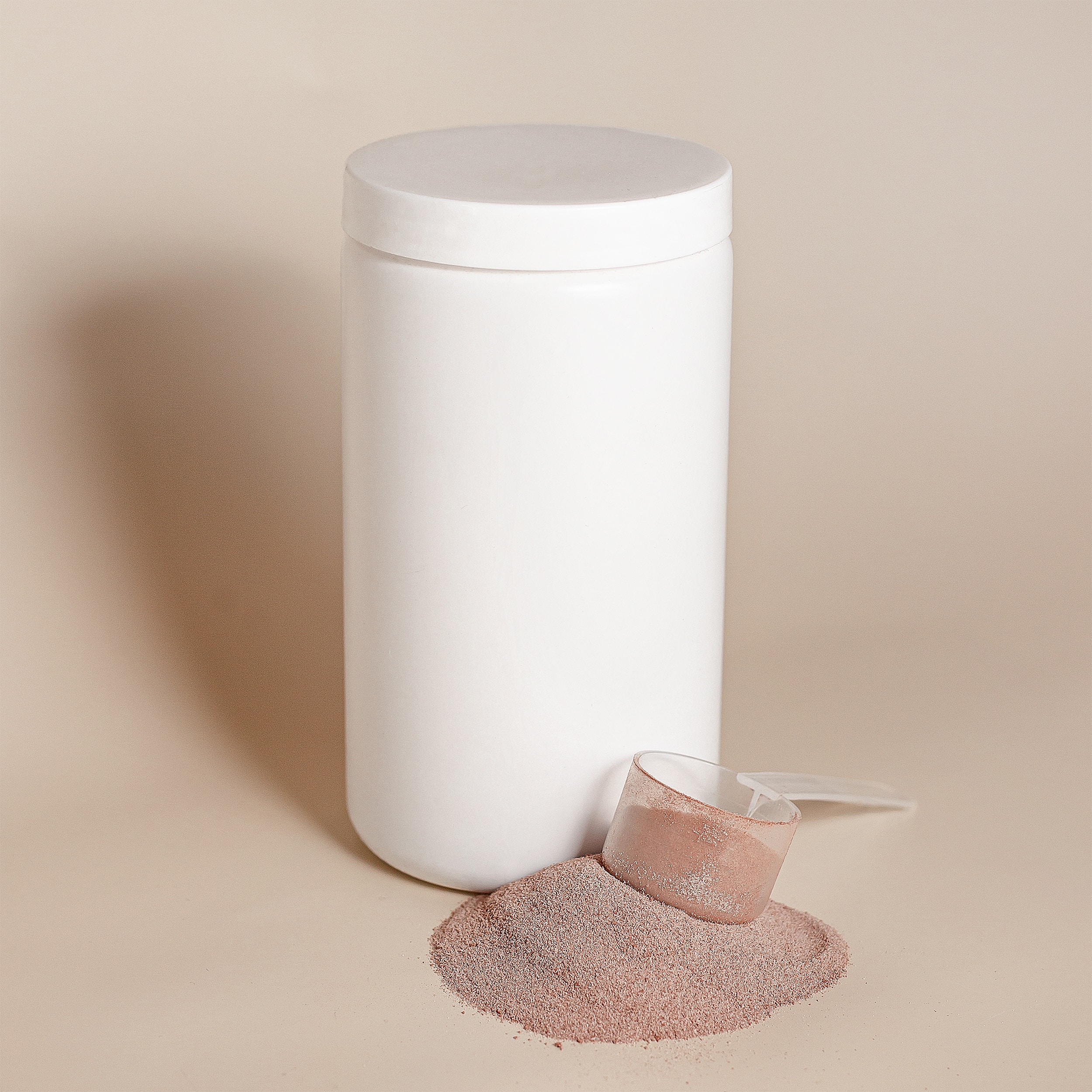
How to handle female hair loss
20th July 2018
For many women, hair is more than just something that sits on their head – it’s a reflection of their identity and personal style, and something that is intrinsically linked to their self-esteem.
There is a social stigma attached to hair loss, so it can come as a shock to hear that 40% of women experience hair loss over the course of their lives. There are two main types of hair loss – genetic and reactive. Genetic hair loss means that you are naturally predisposed to hair loss, as certain hair follicles are sensitive to male hormones, which causes them slowly shrink and produce increasingly finer and shorter hairs with each growth cycle. Around 80% of hair loss is genetic.
Reactive hair loss is due to a specific trigger, such as nutritional deficiencies, stress, hormonal imbalances, weight loss or an illness. Using harsh chemicals, such as peroxide or perming solution, can also damage the hair and cause it to break. Typically, with reactive hair loss, there is no damage to the follicle and the hair will grow back once the root cause (no pun intended!) has been addressed.
Hair grows in cycles, so it can take up to three months for the hair to fall out after it has been triggered, but if you are concerned about excessive loss then it is worth seeing a GP or trichologist to find the cause. However, there are some steps that you can take if your hair loss seems to be reactive.
As hair is made of protein, it is important to make sure that you’re getting an adequate daily intake of protein-rich foods. Eating plenty of foods rich in iron can also help restore your hair’s health if anaemia is the reason behind your hair loss. Vitamin supplements can also be beneficial if taken alongside a healthy diet, particularly multivitamins containing vitamin B12, vitamin D3, zinc, and amino acids.
Giving your hair a break from styling can also be beneficial. Avoid hairstyles such as tight ponytails that put a strain on the hair follicles, as well as hair extensions that pull on the root of the hair. A hair lotion containing Minoxidil can help treat female-pattern baldness, either slowing down or stopping the balding and promoting thicker hair.
If you’re still finding that nothing is helping your hair loss, it may be time to look into hair transplant surgery. Follicular Unit Transplant (strip-FUT) and Follicular Unit Excision (FUE) surgery are long term solutions to female hair loss, whereby hair follicles are removed from the back of the scalp and transplanted on the balding areas, producing a natural-looking result.
If you’re struggling with female hair loss, it’s worth seeking advice to find out the best course of action to take. Give our helpful team a call to find out what we can do to help.


